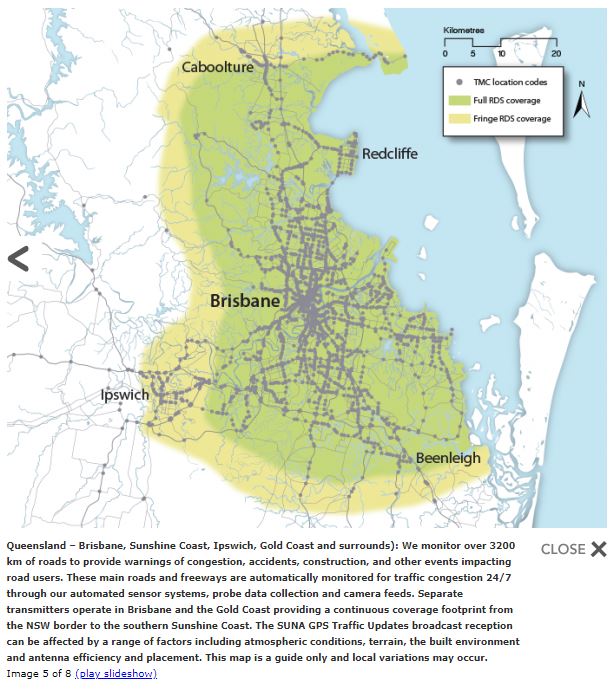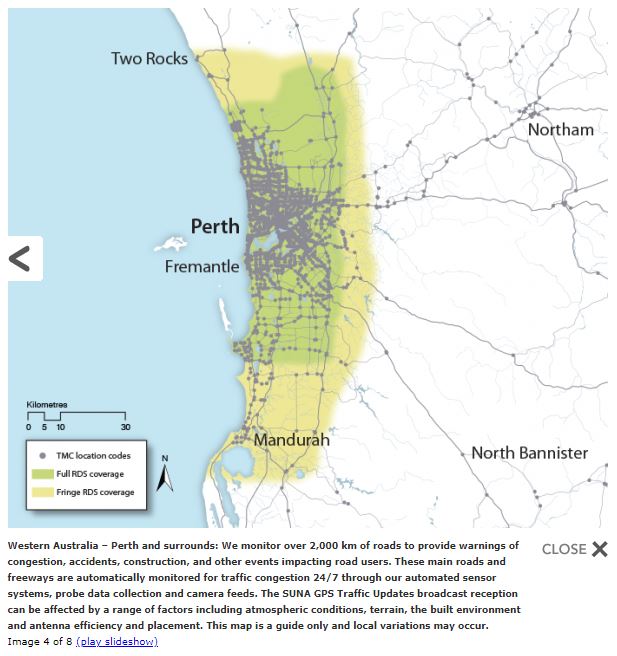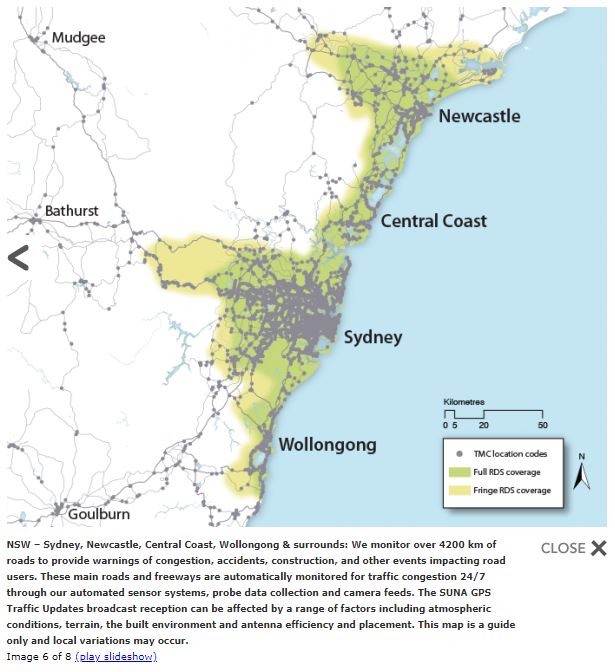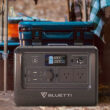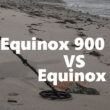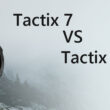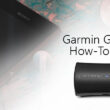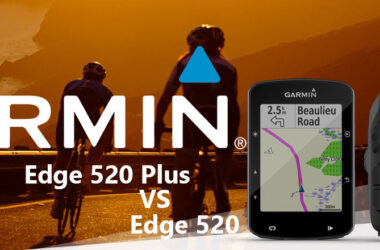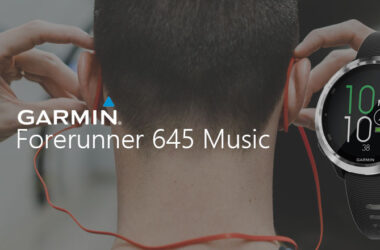I’ll start off with how it works and who supplies the information in Australia. Suna Traffic provides the traffic information to Garmin devices across Australia. It doesn’t just supply traffic information to Garmin they supply traffic information to a considerable range of GPS systems built into almost every major Automotive Manufacturer like Subaru, Hyundai, Nissan, Porsche, Nissan, Toyota, Honda, Mercedes-Benz, Audi, Kia, Holden and more.
How it works
Suna’s traffic information is collected from road sensors at intersections, traffic authorities, live traffic readings and other traffic sources. Garmin’s data source also comes from other Garmin users, HERE maps (less city-based areas) and historical data. This data is transferred to your Garmin device which updates in real-time and calculates potential avoidance routes to save you time.
How accurate is the data?
This question leads on really well from the previous section of how the traffic updates work. The information sourced is reliable and accurate. The problem with traffic is that it moves. The Garmin Traffic data is designed to update regularly, but weak signals can cause delays to the information provided to your device.
Is the GTM 36 Traffic Receiver cable better than using a Smartphone?
The GTM 36 traffic receiver cable functions on Traffic Broadcasts that are received via a ‘silent’ FM data channel. I say silent as this radio channel will not interfere with your car radio music or news.
The other option with Garmin’s more modern vehicle GPS units like the Drive Smart LMT-S has smartphone compatibility. I hear a lot of concern about data usage with the traffic updates but very even with the traffic feature connected continuously, relatively little data is actually transferred. This is due to Suna’s coding system. At a basic level, there are 6 different TMC codes
- Event (11 bits)
- Location (16 bits)
- Direction (1 bit)
- Extent (3 bits)
- Duration (3 bits)
- Diversion advice (1 bit)
Because of these codes only small amounts of data are sent. It looks like a lot more data is being transferred when in fact it’s just 6 pieces of information to explain the entire situation. Based on information from Garmin about the typical use of the Smartphone Link with traffic you can expect about 2MB of data to be used per hour. This may vary on how many ‘events’ happen on a given day, but historically this is the average result. An example of how much this ends up being is if you drive to work 5 days a week and your commute is 30 minutes, either way, the Smartphone link app ends up using about 40MB a month. My phone has 10GB a month, so this doesn’t phase me, but friends of mine have much more reasonable plans with fewer data like 2GB a month, and this data use would still be considered relatively inconsequential to them.
Overall both options are available to you, the GTM traffic receiver though is often an extra accessory cost while the Smartphone link app is free.
Where am I covered for traffic updates?
Suna has a handy map that shows their best coverage across Australia. In short, though all the major cities in Australia are covered quite extensively the further you get from the city the less coverage you will receive. Garmin devices will still get historical information about traffic and information Garmin users, but it won’t be as detailed as inner-city traffic updates. As you can see from the images below the inner-city region are covered thoroughly, but the outer region only receives fringe RDS (Radio Data System) coverage. The fringe section or yellow section is below the ideal range for radio reception and as such can affect the accuracy (timeliness) of your information.
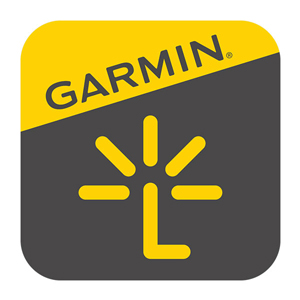
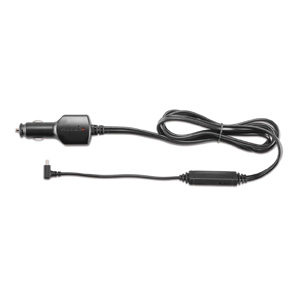
Where am I covered for traffic updates?
Suna has a handy map that shows their best coverage across Australia. In short, though all the major cities in Australia are covered quite extensively the further you get from the city the less coverage you will receive. Garmin devices will still get historical information about traffic and information Garmin users, but it won’t be as detailed as inner-city traffic updates. As you can see from the images below the inner-city region are covered thoroughly, but the outer region only receives fringe RDS (Radio Data System) coverage. The fringe section or yellow section is below the ideal range for radio reception and as such can affect the accuracy (timeliness) of your information.
